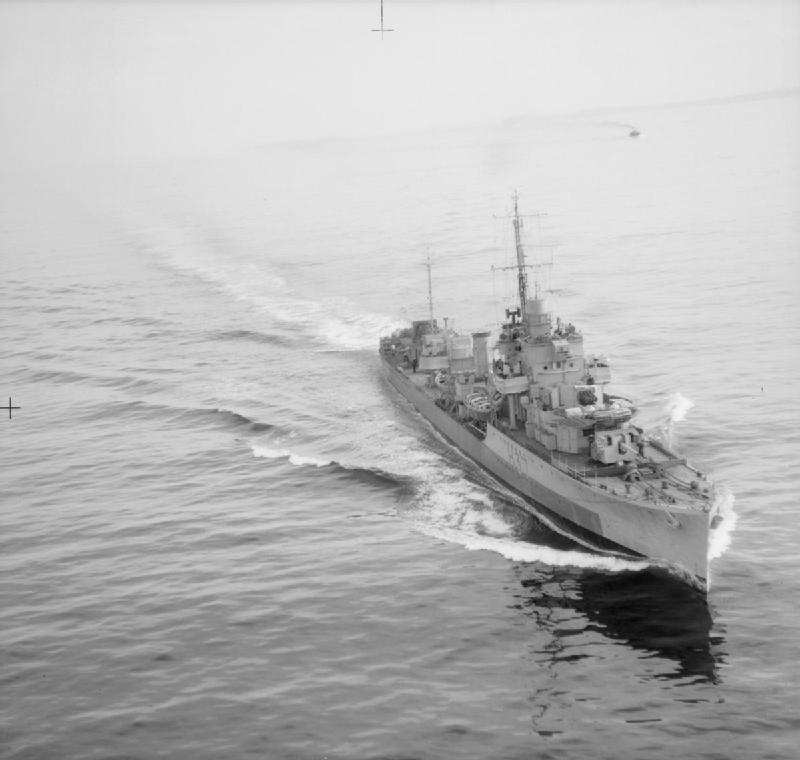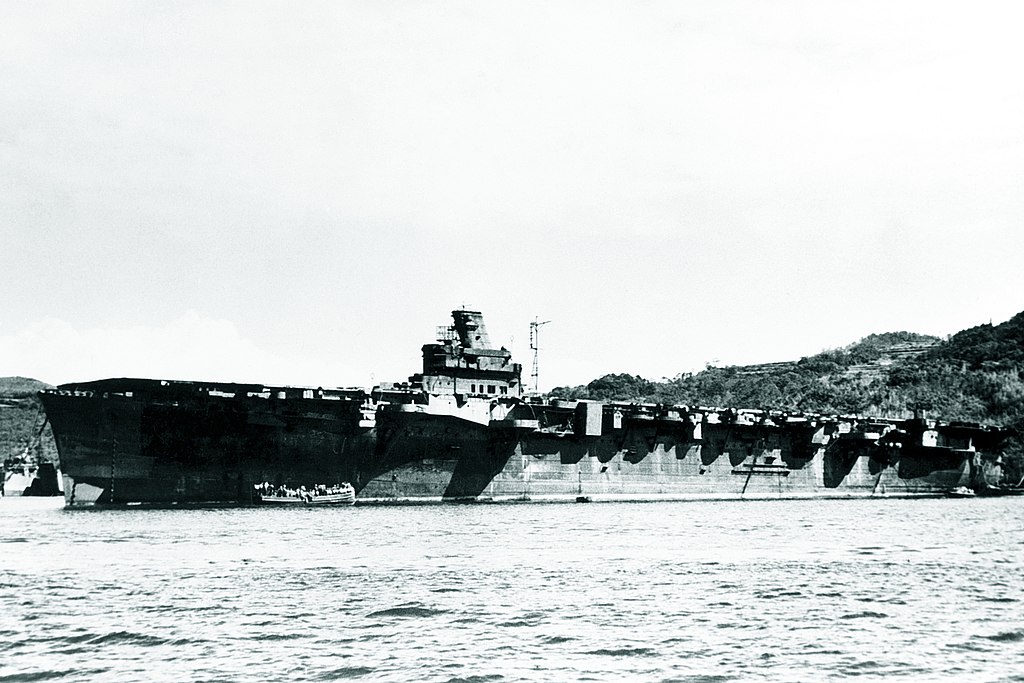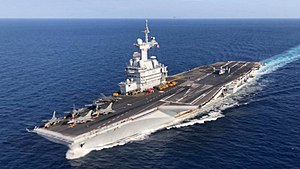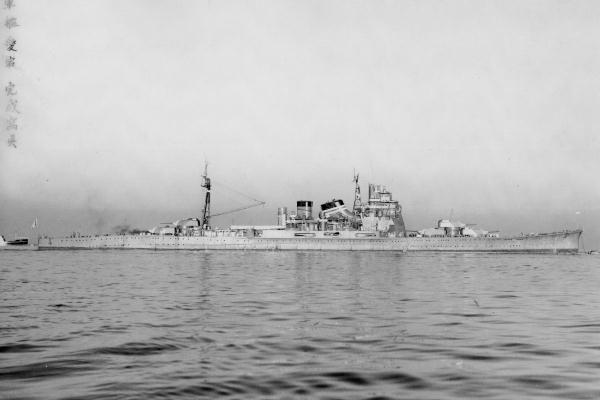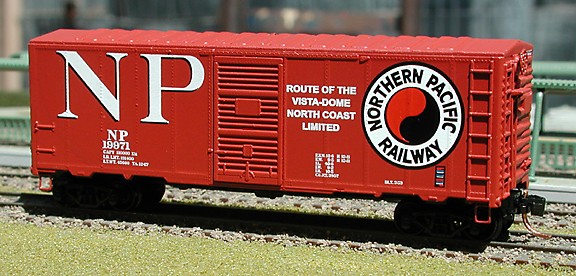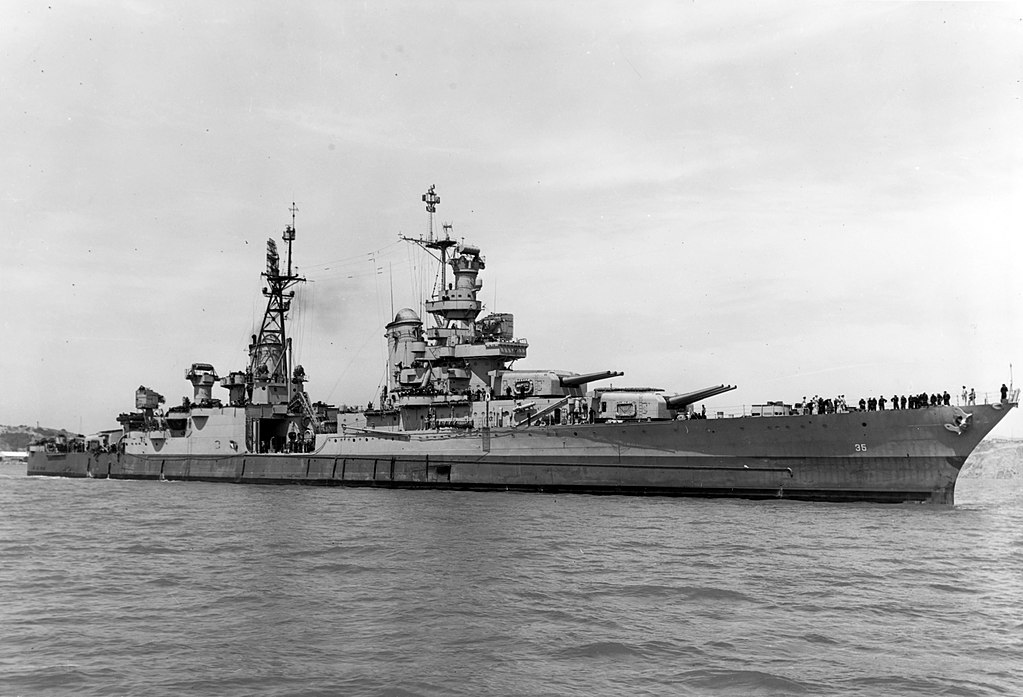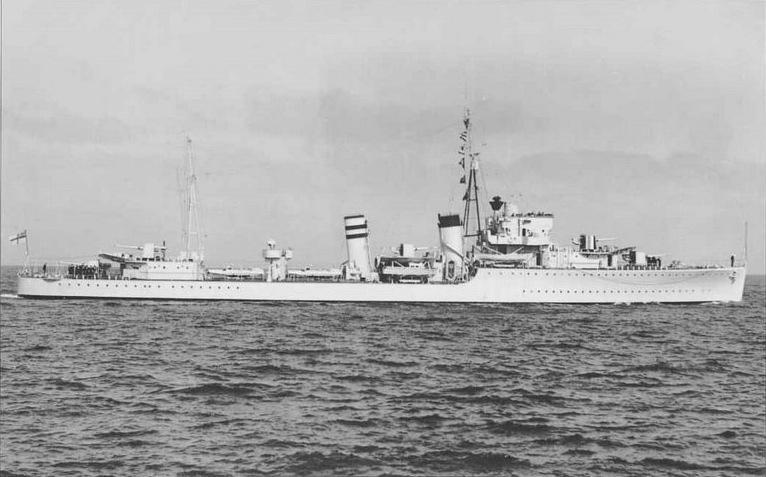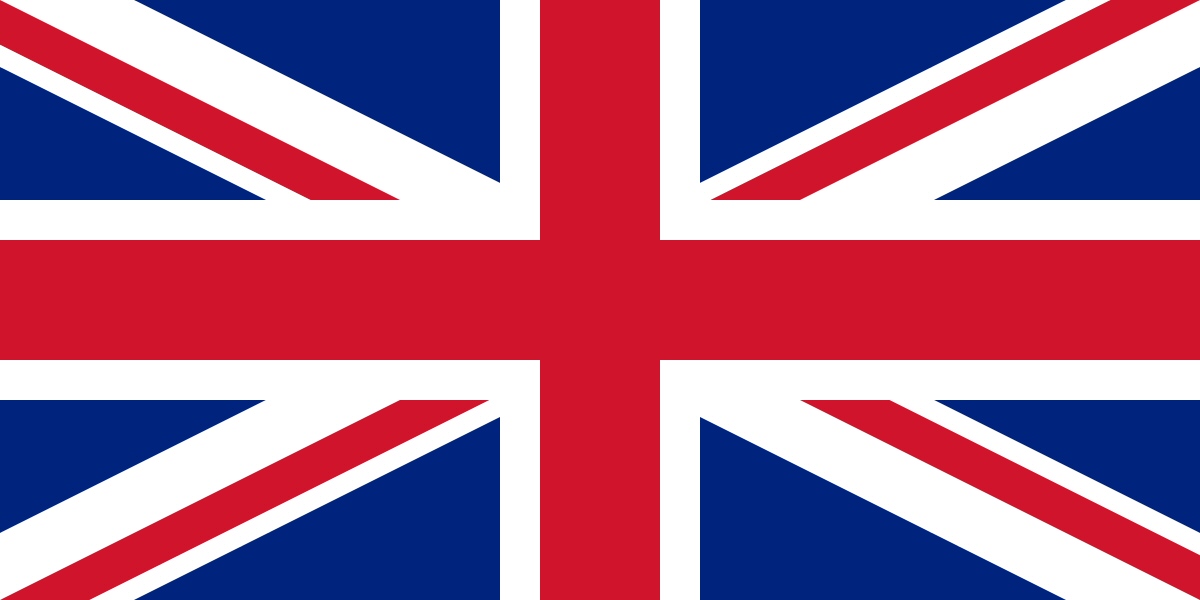History: HMS Garland, also known by her Polish designation ORP Garland, was a G-class destroyer built for the Royal Navy in the mid-1930s. During the Spanish Civil War of 1936–1939 the ship spent considerable time in Spanish waters, enforcing the arms blockade imposed by Britain and France on both sides of the conflict. Shortly after World War II began, she was badly damaged by the premature explosion of her own depth charges and required over six months of repairs. Before these were completed, Garland was loaned to the Polish Navy in May 1940. The ship was assigned to the Mediterranean Fleet afterwards and escorted convoys there before being assigned to the Western Approaches Command in September for escort duties. She escorted a convoy from Gibraltar to Malta during Operation Halberd in September 1941 and escorted Convoy PQ 16 from Iceland to Murmansk in May 1942. She was badly damaged by a near miss from a German bomber during that operation and required three months of repairs.
Garland was then assigned to the Mid-Ocean Escort Force in the North Atlantic until December 1943, when she was transferred to Freetown, Sierra Leone to escort convoys off West Africa. In April 1944, the ship was transferred to back to the Mediterranean Fleet where she escorted convoys. She sank one German submarine in September before returning to the UK for a lengthy refit that lasted until March 1945. Garland was then assigned to the Western Approaches Command, but carried emergency supplies to coastal towns in Belgium and the Netherlands immediately after the war ended in May. She was paid off and reclaimed from the Polish Navy in July 1946. A few months later, the ship was sold to the Royal Netherlands Navy for use as a school ship. Garland was refitted as an anti-submarine training ship in 1948 and renamed HNLMS Marnix in 1950. Reclassified as a frigate in 1952, the ship was not decommissioned until 1964 and scrapped afterwards.
Garland was then assigned to the Mid-Ocean Escort Force in the North Atlantic until December 1943, when she was transferred to Freetown, Sierra Leone to escort convoys off West Africa. In April 1944, the ship was transferred to back to the Mediterranean Fleet where she escorted convoys. She sank one German submarine in September before returning to the UK for a lengthy refit that lasted until March 1945. Garland was then assigned to the Western Approaches Command, but carried emergency supplies to coastal towns in Belgium and the Netherlands immediately after the war ended in May. She was paid off and reclaimed from the Polish Navy in July 1946. A few months later, the ship was sold to the Royal Netherlands Navy for use as a school ship. Garland was refitted as an anti-submarine training ship in 1948 and renamed HNLMS Marnix in 1950. Reclassified as a frigate in 1952, the ship was not decommissioned until 1964 and scrapped afterwards.
Class: The G- and H-class destroyers were a group of 18 destroyers built for the Royal Navy during the 1930s. Six additional ships being built for the Brazilian Navy when World War II began in 1939 were purchased by the British and named the Havant class. The design was a major export success with other ships built for the Argentine and Royal Hellenic Navies. They were assigned to the Mediterranean Fleet upon completion and enforced the Non-Intervention Agreement during the Spanish Civil War of 1936–39.
Most ships were recalled home or were sent to the North Atlantic from October–November 1939, after it became clear that Fascist Italy was not going to intervene in World War II. Then they began to escort convoys and patrol for German submarines and commerce raiders. Two ships were lost to German mines in the first six months of the war. Three more were lost during the Norwegian Campaign, one in combat with a German cruiser and two during the First Battle of Narvik in April 1940. The Battle of France was the next test for the destroyers from May–June, with many of the Gs and Havants participating in the evacuation of Dunkirk and the subsequent evacuations of Allied troops from western France. Three ships were sunk, two by bombs and the other to torpedoes. Most of the H-class ships were sent to the Mediterranean in May in case Mussolini decided to attack France and the majority of the surviving Gs were sent to Force H at Gibraltar in July. Several of them participated in the Battle of Dakar, before being assigned to the Mediterranean Fleet with their sister ships. By the end of the year, the ships participated in several battles with the Royal Italian Navy, losing two to Italian mines and torpedoes, while sinking two Italian submarines. The Havants spent most of the war in the North Atlantic on convoy escort duties, losing half their number to German submarines, while helping to sink six in exchange by the end of the war.
Most ships were recalled home or were sent to the North Atlantic from October–November 1939, after it became clear that Fascist Italy was not going to intervene in World War II. Then they began to escort convoys and patrol for German submarines and commerce raiders. Two ships were lost to German mines in the first six months of the war. Three more were lost during the Norwegian Campaign, one in combat with a German cruiser and two during the First Battle of Narvik in April 1940. The Battle of France was the next test for the destroyers from May–June, with many of the Gs and Havants participating in the evacuation of Dunkirk and the subsequent evacuations of Allied troops from western France. Three ships were sunk, two by bombs and the other to torpedoes. Most of the H-class ships were sent to the Mediterranean in May in case Mussolini decided to attack France and the majority of the surviving Gs were sent to Force H at Gibraltar in July. Several of them participated in the Battle of Dakar, before being assigned to the Mediterranean Fleet with their sister ships. By the end of the year, the ships participated in several battles with the Royal Italian Navy, losing two to Italian mines and torpedoes, while sinking two Italian submarines. The Havants spent most of the war in the North Atlantic on convoy escort duties, losing half their number to German submarines, while helping to sink six in exchange by the end of the war.
Nationality: The United Kingdom, made up of England, Scotland, Wales and Northern Ireland, is an island nation in northwestern Europe. England – birthplace of Shakespeare and The Beatles – is home to the capital, London, a globally influential centre of finance and culture. England is also site of Neolithic Stonehenge, Bath’s Roman spa and centuries-old universities at Oxford and Cambridge.
Item created by: gdm on 2019-07-30 18:55:10. Last edited by gdm on 2019-07-30 18:57:13
If you see errors or missing data in this entry, please feel free to log in and edit it. Anyone with a Gmail account can log in instantly.
If you see errors or missing data in this entry, please feel free to log in and edit it. Anyone with a Gmail account can log in instantly.


